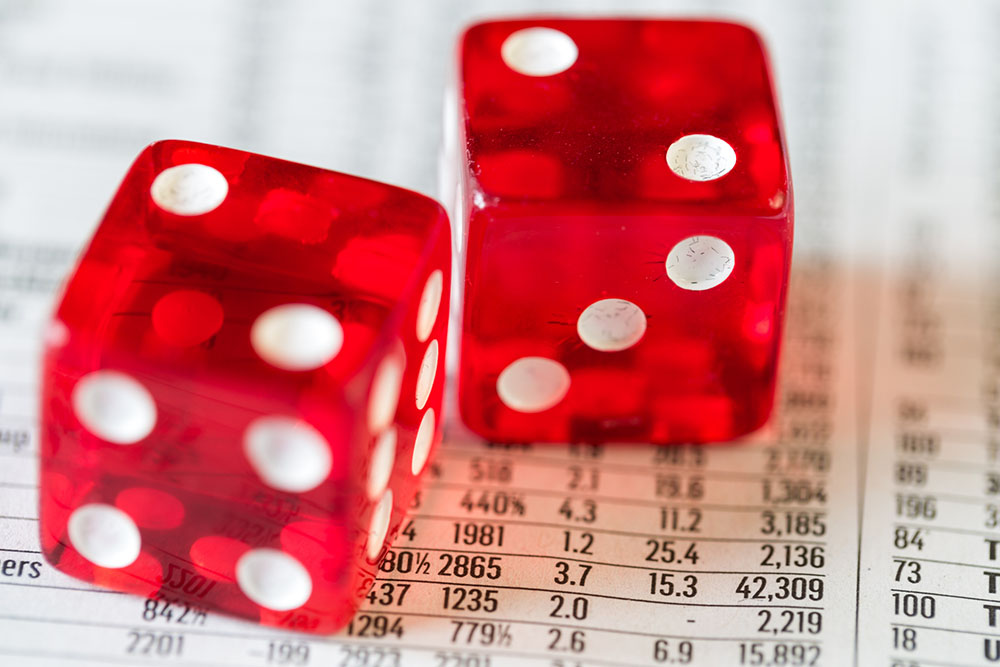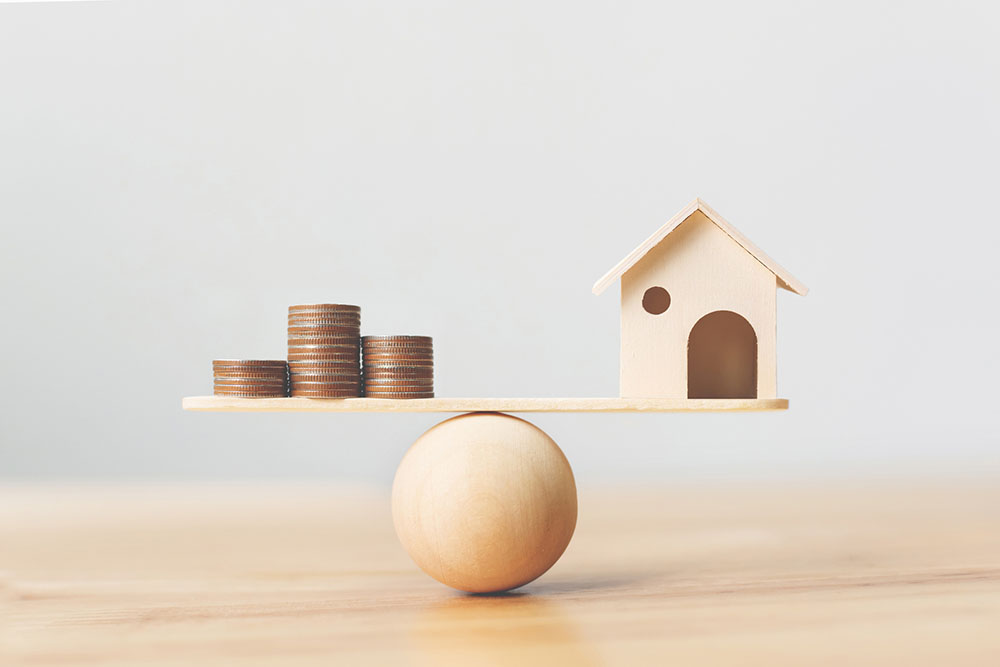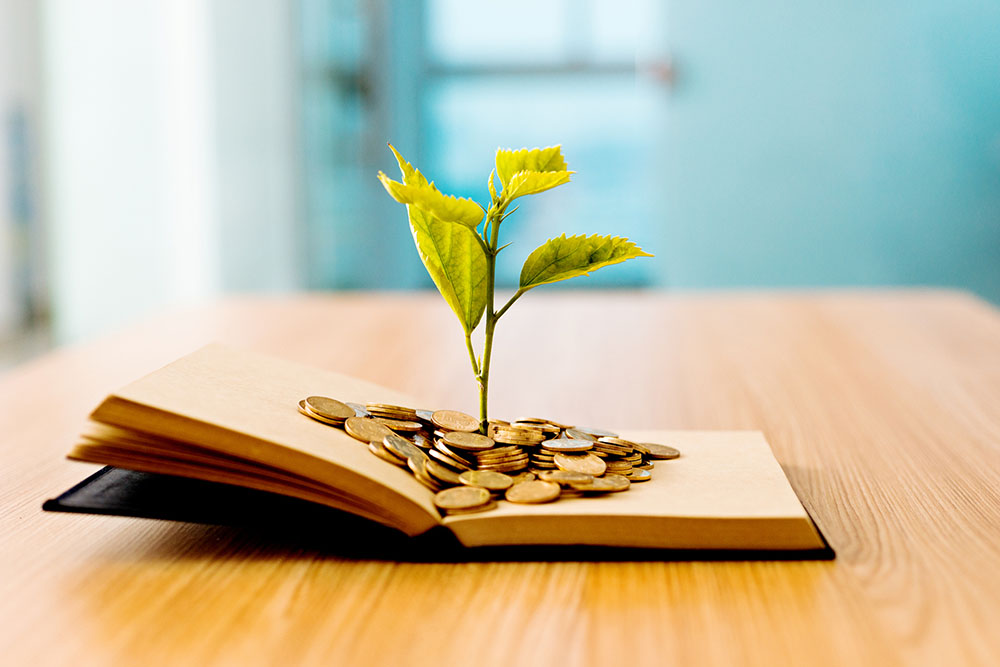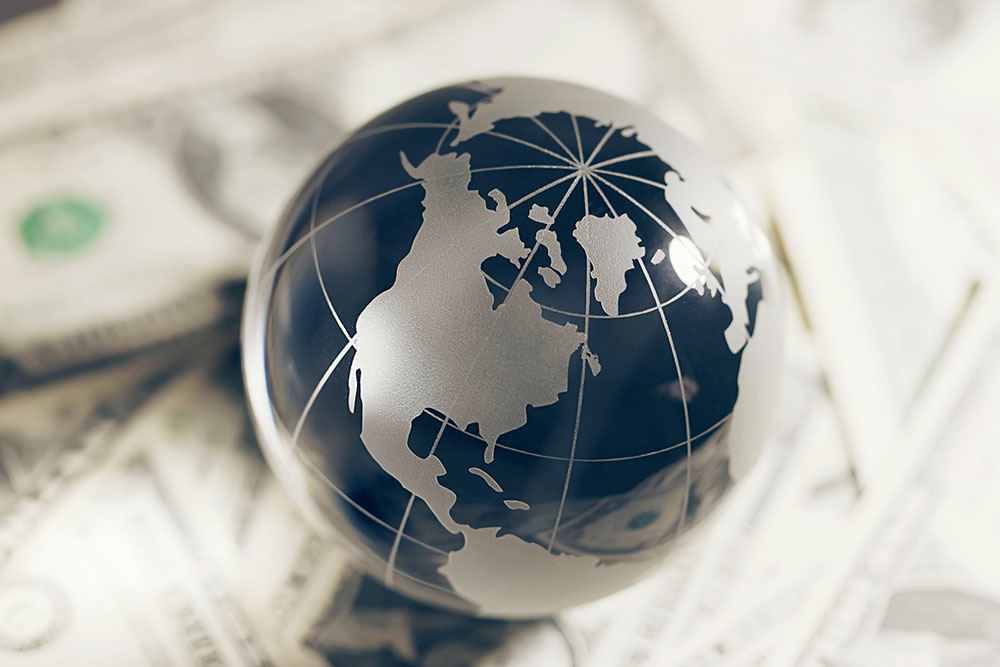Tariff Turbulence: The Case For Staying Invested
President Trump has now announced his latest global tariffs. China was hit with a 45% rate on “Liberation Day” (2nd April 2025), with the EU now facing a 20% levy. The UK escaped the worst of the protectionist measures, now facing a 10% tariff on goods sold to the USA.
Markets have largely reacted negatively to the “steeper-than-expected” tariffs. Apple shares fell by 7% in after-hours trade, US stock futures dropped 3.4% and the dollar (USD) fell 0.9%. In the midst of this turmoil, many investors are asking – “What should we do?”
Below, we make the case for keeping a cool head, staying focused on your long-term goals, and continuing with the investment strategy agreed upon with your financial adviser. We explain why knee-jerk reactions to negative headlines are often counterproductive and offer ideas to manage your “investor biases” when others may be panicking.
What is Happening?
In the US, President Trump is following through with his protectionist rhetoric during the 2024 Presidential election campaign. It is a central plank to his economic vision.
Trump’s argument is that higher tariffs will encourage more American consumers to buy goods in the USA. After all, a tariff is a tax on goods imported from other countries, making them more expensive relative to domestic alternatives.
Whilst tariffs could help protect jobs in US-based industries (e.g. car manufacturing), they tend to have counterproductive long-term effects. These can include higher prices for consumers as firms pass down their own higher costs.
Export industries in the US may also suffer if other countries reciprocate with their own tariffs. Indeed, this is what has been happening. The EU responded to Trump’s first wave of levies in March 2025 with €26bn in ‘countermeasures. ’ Eyes are now on China following the imposition of 54% tariffs on all Chinese imports into the United States.
How are Investors Responding?
Investors are largely reacting negatively to Liberation Day. The FTSE 100 has slumped in the UK, as has Wall Street in the US. Some investors fear that the US and other countries could be pushed into a recession as higher costs for firms threaten economic growth and employment.
In such an environment, it can become difficult for individual investors to resist a “herd mentality” that often develops. This refers to investors’ tendency to follow a larger group’s actions rather than make decisions based on their own independent analysis or judgment.
Unfortunately, the “crowd” is not always right. Examples include the Dot-Com Bubble (late 1990s-2000), the US Housing Bubble & Financial Crisis (2008) and the Bitcoin and Crypto Craze (2017 & 2021). In these cases, investors poured money into assets, causing rapid price surges that could not be sustained.
The same can happen in reverse. Investors might flock away from investments due to excessive fears about the economy. Two recent examples are the Covid Crash (2020) and the Mini-Budget Selloff (UK, September 2022). In these cases, short-term investor panic and overreactions led to many crystallised losses.
These examples serve as important reminders in the current “tariff turbulence” of 2025. Stick to a long-term investment strategy rather than chasing trends, following headlines or going along with the “herd narrative” at a given moment.
The Case for Staying Invested
When you built your investment strategy with your financial adviser, you should have discussed your approach to market turbulence when (not if) it comes.
As such, if you feel anxious, remember that you planned for this. There is no need to panic or for emotional decision-making. This was accounted for in your plan.
When markets get volatile, it’s natural to feel the urge to sell. Seeing your investments fall can be unsettling, but making decisions based on fear often leads to poor outcomes.
Many investors believe they can “get out at the top and back in at the bottom.” However, this is nearly impossible to do consistently, even for professionals.
It’s important to look back on history. Whilst past performance does not guarantee future results, it can offer some valuable lessons. For instance, markets often rebound sharply after steep falls, which are hard to predict. If you try to “time the market”, you risk missing the recovery.
A case in point is the UK market. For instance, one study shows that missing the “best days” in the FTSE 250 over a 35-year period could have resulted in a loss of £35,000, based on just £1,000 of initial investment. By contrast, staying invested from 1986 could have turned the initial £1,000 into a return of over £43,000.
Invitation
As investors, we often let emotions get the better of us. However, emotions do not always serve our best interests – especially in the realm of investing.
Rather, discipline and long-term strategy planning serve us all better. If you want to ensure you’re taking the right steps to safeguard your investments, please get in touch.
Please note:
Your capital is at risk. Investments can go down as well as up. Past performance is not indicative of future results. Tax treatment depends on individual circumstances and may change. This content is for information only and not investment advice. Any decision to invest is the reader’s own. Diversification is key to managing risk. Market volatility affects investment values. Inflation erodes savings. Liquidity risks may prevent quick access to funds.












